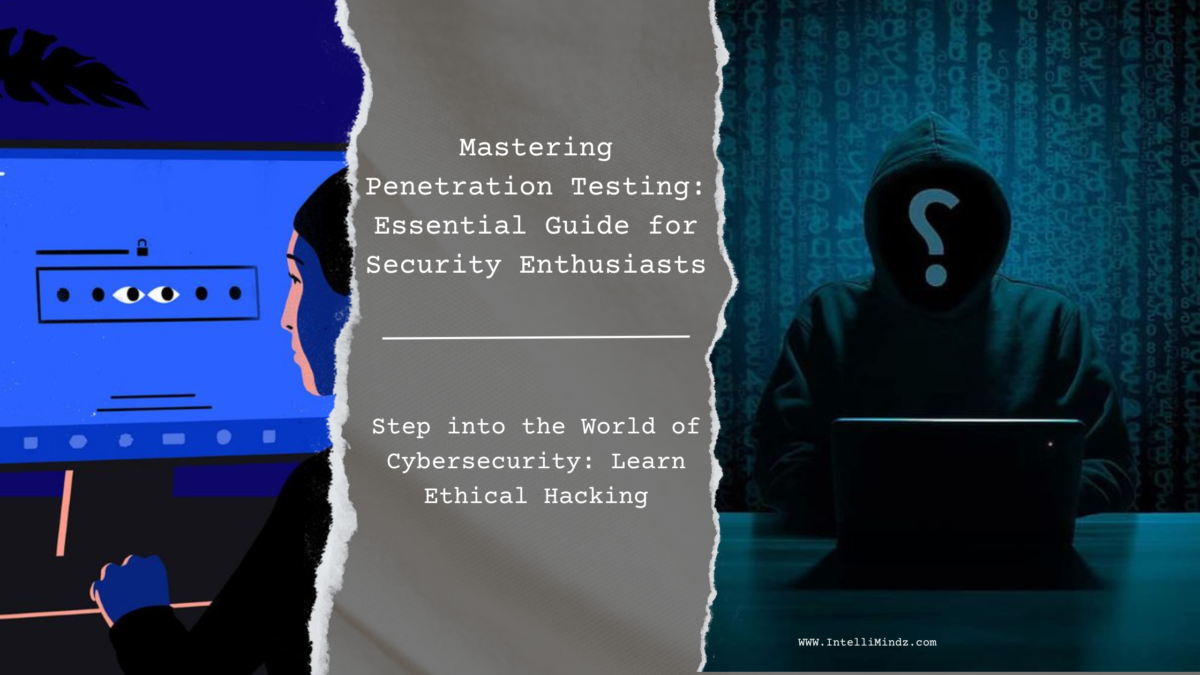What’s the Secret to an Epic San Francisco City Tour Experience?
Penetration testing is a methodical approach to identifying security vulnerabilities in systems, networks, and applications. Unlike malicious hacking, penetration testing is performed with the consent of the target organization and aims to uncover weaknesses in a controlled manner. The primary objective is to discover and fix vulnerabilities that could be exploited by attackers, thereby enhancing the overall security posture of the organization. Penetration testing can be classified into several types, including: Penetration testing is a structured process that typically follows several key phases: The initial phase involves defining the scope and objectives of the test. This includes identifying the systems and networks to be tested, the type of tests to be conducted, and the rules of engagement. Clear communication between the tester and the organization is crucial to avoid misunderstandings and ensure a smooth testing process. Additionally, the tester gathers preliminary information about the target system to aid in planning the attack strategies. Also known as information gathering, reconnaissance involves collecting data about the target system. This can include publicly available information, such as domain names, IP addresses, and employee details. Techniques like network scanning, social engineering, and OSINT (Open Source Intelligence) are commonly used during this phase. The goal is to build a comprehensive understanding of the target environment, which will inform the subsequent steps. In the scanning phase, the tester identifies open ports, services, and potential vulnerabilities. This involves both automated tools and manual analysis. Tools like Nmap and Nessus are frequently used to map the network and identify possible entry points. The tester analyzes the results to identify weak spots that could be exploited in the next phase. The exploitation phase is where the tester attempts to gain unauthorized access to the system by exploiting identified vulnerabilities. This could involve bypassing authentication mechanisms, injecting malicious code, or manipulating network protocols. The tester may use frameworks like Metasploit to launch attacks and gain access. The objective is to demonstrate the potential impact of a successful breach without causing actual harm to the system. Once access is gained, the tester assesses the depth of access achieved and the potential damage that could be inflicted. This phase involves evaluating the extent of data access, system control, and the ability to maintain persistent access. The tester may also attempt privilege escalation to gain higher-level access. Understanding the impact of the exploitation helps organizations prioritize remediation efforts. The final phase involves documenting the findings of the penetration test. The report should include a detailed description of the vulnerabilities discovered, the methods used to exploit them, and the potential impact on the organization. It should also provide actionable recommendations for remediation and improving security measures. A well-crafted report is essential for communicating the results to stakeholders and guiding future security efforts. A variety of tools are available to assist penetration testers in different phases of the testing process. Some of the most commonly used tools include: Other tools, such as Nessus for vulnerability scanning and John the Ripper for password cracking, are also widely used. The choice of tools depends on the specific requirements of the penetration test and the tester’s expertise. Penetration testing offers numerous benefits, making it an essential component of a comprehensive cybersecurity strategy: For those new to penetration testing, getting started can seem daunting. However, with the right approach and resources, anyone can develop the skills needed to become an effective penetration tester: Penetration testing is a vital skill for anyone interested in cybersecurity. By understanding and applying penetration testing techniques, you can proactively safeguard systems against potential threats. Dive into the world of ethical hacking, and start building your expertise today! #PenetrationTesting #EthicalHacking #CyberSecurity #InfoSec #CyberSecurityAwareness #VulnerabilityAssessment #NetworkSecurity #Hacker #EthicalHacker #CyberSecurityTraining #TechSecurity #CyberDefense #SecurityTesting #CyberThreats #DigitalSecurityMastering Penetration Testing: Essential Guide for Security Enthusiasts

What is Penetration Testing?
Key Phases of Penetration Testing
1. Planning and Preparation
2. Reconnaissance
3. Scanning
4. Exploitation
5. Post-Exploitation
6. Reporting
Essential Tools for Penetration Testing
Why is Penetration Testing Important?
Getting Started with Penetration Testing
Conclusion
VISIT : https://intellimindz.com/penetration-testing-training-in-chennai/






